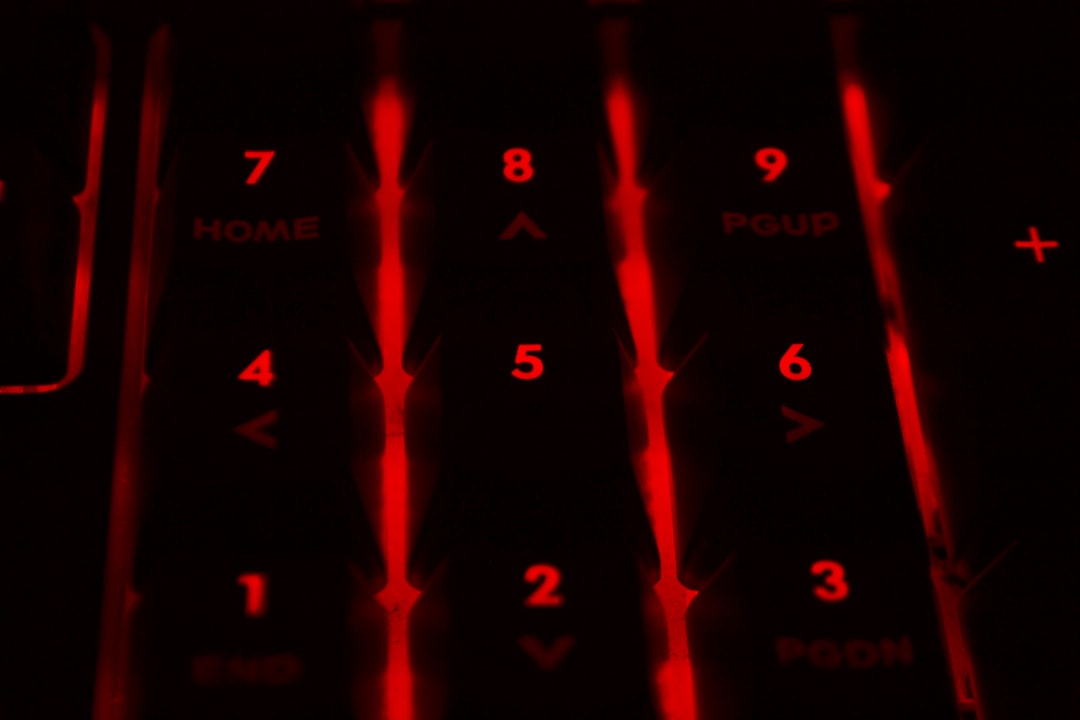What is it about?
Drop impact experiments are pivotal in exploring interactions between different material phases, especially at solid-liquid interfaces. These inquiries yield practical benefits, including lower energy consumption, reduced environmental pollution, and alleviated water scarcity. Addressing the latter concern, harvesting water of atmospheric fog has gained traction as a passive strategy, avoiding complex technology and costs. Recently, the utilization of meshes for water harvesting has captured growing attention, primarily due to its higher efficiency in both collecting water and facilitating its controlled movement. As an initial step towards improving water harvesting efficiency, it is imperative to investigate water drop interactions with a mesh substrate, to understand the fundamental interaction and with final target of identifying the optimal parameters for water capture. These studies will contribute to establish design principles of the fabrication of atmospheric water harvesting systems utilizing mesh-based architectures.
Featured Image

Photo by Sonika Agarwal on Unsplash
Why is it important?
In the present study, our focus centers on the influence of mesh wettability on the dynamics of drop impact. We identify the different drop impact outcomes and the subsequent construction of impact outcome maps within the pertinent parameter spaces. Furthermore, quantitatively evaluate critical factors such as the volume of captured droplets, the rebound time in instances of rebound occurrences, and the spray characteristics of the liquid as it penetrates the mesh structure.
Read the Original
This page is a summary of: Outcomes from water drop impact on hydrophobic meshes, Physics of Fluids, February 2024, American Institute of Physics,
DOI: 10.1063/5.0189860.
You can read the full text:
Contributors
The following have contributed to this page










